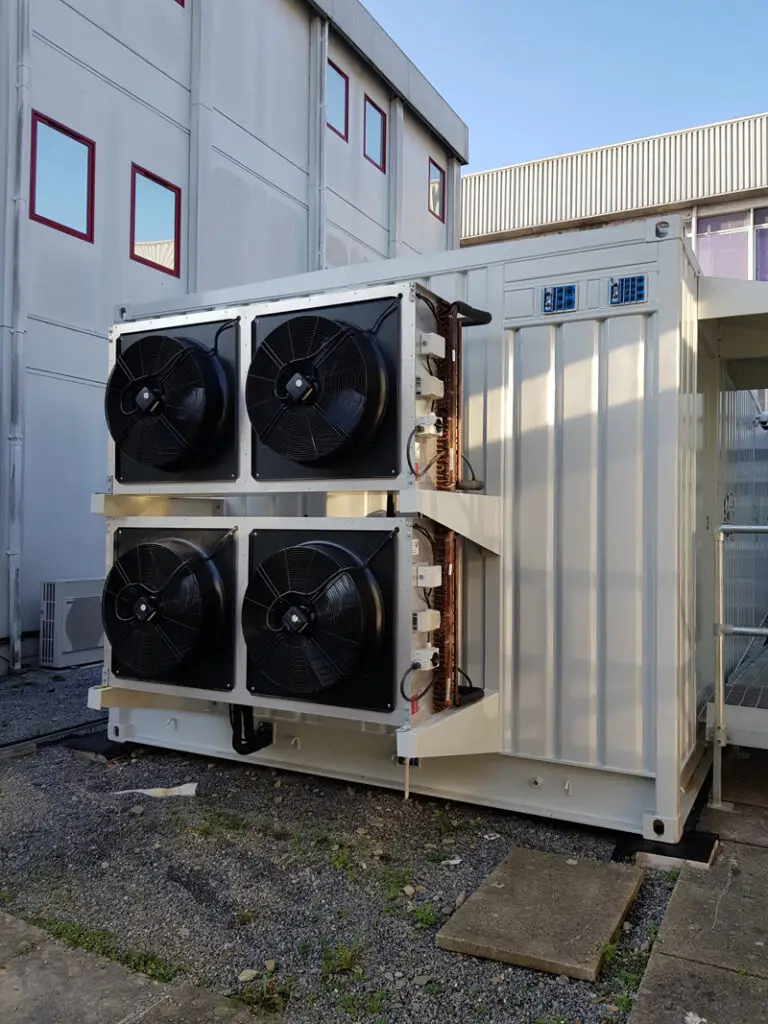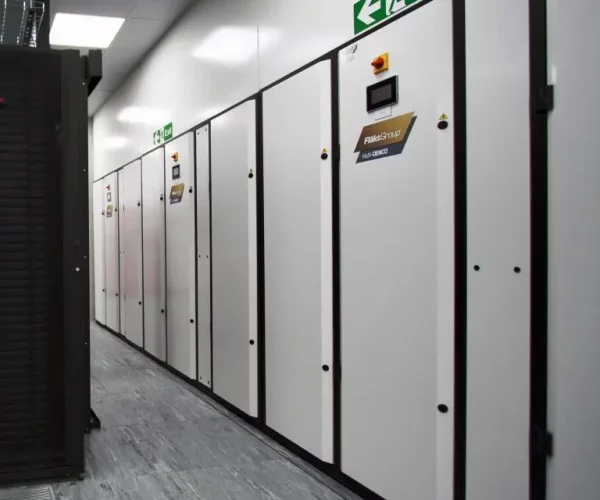Identify and communicate with relevant decision-makers
First, identify all the people involved in the decision-making process. Assign tasks to each one of them. Set up a communication channel for everyone involved and keep them updated every step of the way.
Appoint a project manager
Assign or appoint somebody to oversee the entire server decommissioning process. We would recommend a person who has extensive experience with decommissioning old IT equipment within the organisation.
Set a budget
When setting a budget, it helps to work with a qualified auditor to provide you with a valid and concise valuation of your hardware and assets. And then, work together to come up with a realistic estimate of the project’s expenses.
Establish a timetable
After setting a budget, it’s time to establish a timetable. The less organised and the less prepared you are, the more likely that issues and delays will occur in your organisation’s services. If everyone in the project knows when a goal is due, then processes should proceed smoothly.
Outline the scope of work
Every process and stage of the data centre and decommissioning should be outlined clearly. You must assign who is responsible for what, how, when, and where. This way, the process stays fluid and consistent.
Prepare a document with all the contact information of your team members
You can never tell when issues may arise, so it’s best to create a document with all the contact information of all the important people, contractors, and other team members.
Set a time to start the decommissioning process
It is ideal to schedule the decommissioning process off hours. This is ideal during a data centre migration situation, but it still comes in handy during a server or data centre decommissioning.







